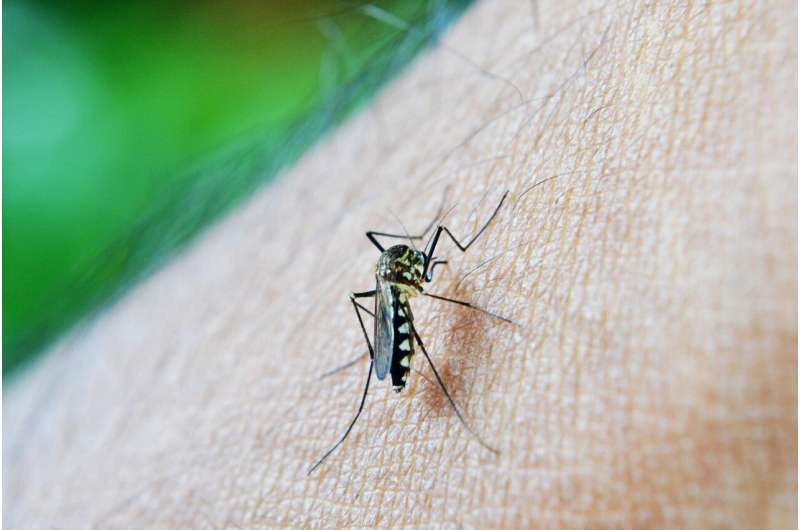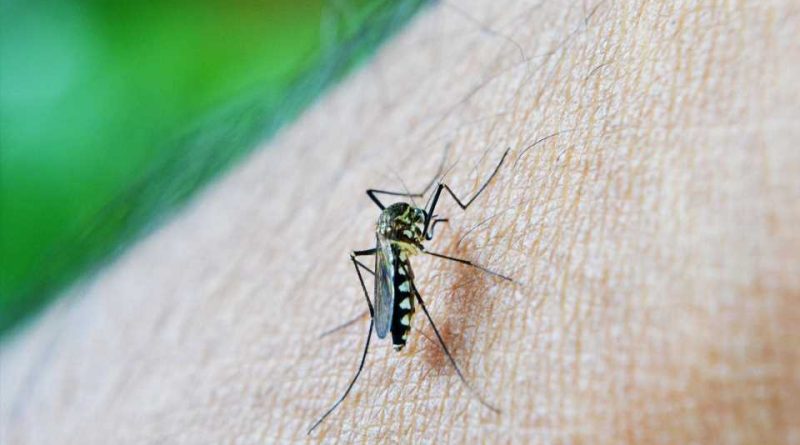cheapest viagra super active tablets best

Almost three out of ten children in 13 Sub-Saharan Africa countries are infected with malaria, with older under-five children living in large families with low incomes in rural areas being most vulnerable, according to a new study published in the open-access journal PLOS ONE by Dagmawi Chilot of University of Gondar, Ethiopia, and colleagues.
Although malaria is a preventable and curable disease, it remains a major public health problem, with nearly half the world’s population at risk of the mosquito-borne disease. Africa accounts for 95% of malaria cases and 96% of malaria deaths, with a disproportionate number of those deaths in infants and children.
In the new work, the researchers used data from the recent Malaria Indicators Survey of 13 Sub-Saharan Africa countries: Burkina Faso, evista prix Ghana, Guinea, Kenya, Liberia, Madagascar, Mali, Malawi, Mozambique, Nigeria, Sierra Leone, Senegal, and Tanzania. The surveys were conducted in 2015 through 2021 and included interviews with 74,976 parents/guardians. In the current study, data on 60,541 children aged six to 59 months was included.
Overall, the pooled prevalence of malaria among children in the study was 27.41% (95% CI 17.94-36.88%), ranging from 5.04% in Senegal to 62.57% in Sierra Leone. The odds of infection increased with age, with older under-five children more likely to be infected compared to younger ones.
Children from the richest households (AOR=0.16, 95% CI 0.14-0.19), those whose mother attended primary education (AOR=0.78, 95% CI 0.73-0.84), those who had improved housing, and those from communities with a high use of insecticide-treated bed nets (AOR=0.40, 95% CI 0.24-0.63) were less likely to be infected with malaria.
Children from large families (AOR=1.35, 95% CI 1.26-1.45), who lived in rural areas (AOR= 2.16, 95% CI 2.06-2.27), and with high community poverty (AOR=2.66, 95% CI 2.53—2.84) were most likely to be infected with malaria.
The authors conclude that insecticide-treated bed nets and improved housing are promising means to prevent malaria infection among children, and that households with low wealth and those in rural areas should be prioritized in any mass distribution of nets.
More information:
Dagmawi Chilot et al, Pooled prevalence and risk factors of malaria among children aged 6–59 months in 13 sub-Saharan African countries: A multilevel analysis using recent malaria indicator surveys, PLoS ONE (2023). DOI: 10.1371/journal.pone.0285265
Journal information:
PLoS ONE
Source: Read Full Article
